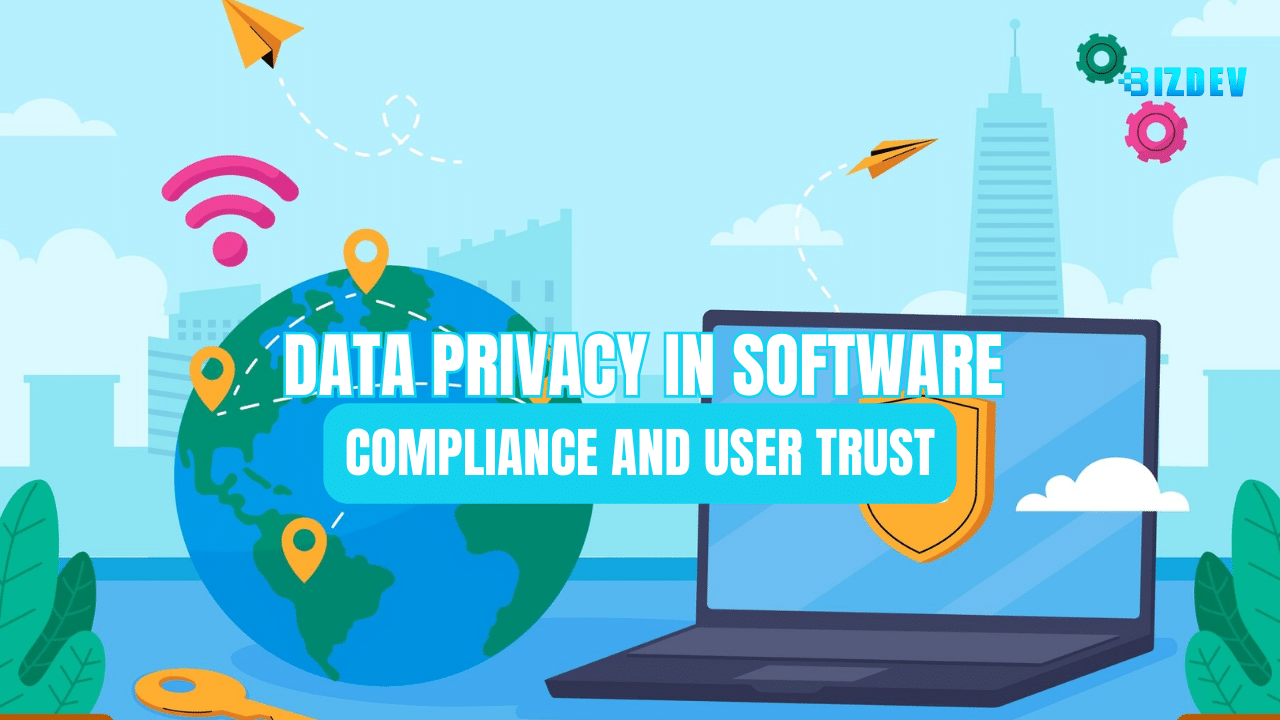In today’s digital landscape, data privacy is not just a legal requirement; it’s a fundamental aspect of building trust with users. As software developers, we hold a significant responsibility to safeguard user data while ensuring compliance with privacy regulations. Let’s delve into the critical aspects and how they impact user trust.

1. Understanding Data Privacy
Data privacy refers to the protection of personally identifiable information (PII) collected by software applications. This includes sensitive details such as names, addresses, financial data, and health records. Users expect their data to be handled securely and transparently.
2. Legal Frameworks and Compliance
a. GDPR (General Data Protection Regulation)
The GDPR, applicable to EU citizens, sets stringent guidelines for data collection, processing, and storage. Organizations must obtain explicit consent, provide clear privacy notices, and allow users to access, modify, or delete their data.
b. CCPA (California Consumer Privacy Act)
The CCPA grants California residents control over their personal information. Companies must disclose data practices, offer opt-out options, and refrain from selling user data without consent.
3. Best Practices for Data Privacy
a. Minimize Data Collection
Collect only essential data. Avoid storing unnecessary information to reduce the risk of breaches.
b. Encryption and Anonymization
Encrypt data both in transit and at rest. Anonymize data whenever possible to protect user identities.
c. Regular Audits and Assessments
Conduct periodic security audits to identify vulnerabilities. Assess compliance with relevant regulations.
d. User Consent Management
Implement robust consent mechanisms. Obtain clear and informed consent before collecting or processing data.
4. Building User Trust
a. Transparency
Be transparent about data practices. Clearly communicate how data is used, stored, and protected.
b. Security Measures
Invest in robust security infrastructure. Regularly update software to address vulnerabilities.
c. User Education
Empower users with knowledge. Educate them about privacy settings and their rights.
Conclusion
Data privacy isn’t an afterthought; it’s a core principle. By prioritizing compliance and user trust, we create software that respects user privacy and fosters lasting relationships.🔒
